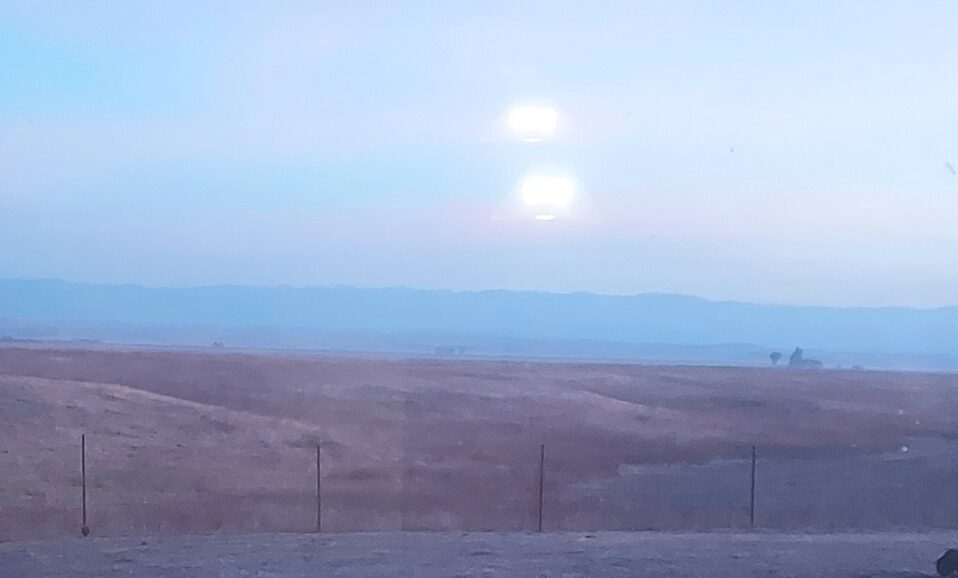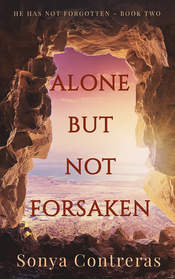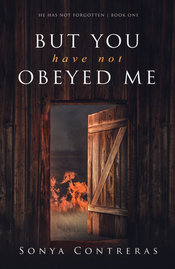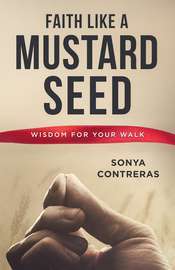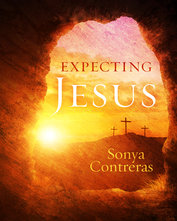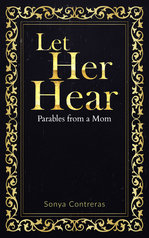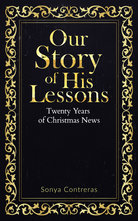- Home
- Index
-
My Books
- Book List
- Writing/Reading Articles Listing
-
My Short Stories
- What God Lost
- What God Lost — Part 2
- When Hope Was Lost
- A Battle in the Heavens
- To Live Forever
- Finding Peace
- Empty Hands
- From Fire and Thunder to Love and Submission
- The Coming One
- Forgiveness Made Possible
- The Innkeeper's Wife
- Do You Have The Right Words?
- The Lamb of God As Told by a Scribe
- What Love Is This?
- When Heaven Came Down
- Family
- Faith

Canning

The standard in canning is found in THE BLUE BALL BOOK GUIDE TO PRESERVING, found at Walmart or Amazon. Get it. (Mine is a different edition, ripped off cover and pages marked up.)
I refer to it every time I can.
Read the first several pages for an overview.
Although not complicated, canning requires careful consideration to detail.
In a nutshell, everything used and canned must be clean, sterilized, and hot to avoid spores growing that would kill you.
There are two types of canning: water canning (for things with enough acid to prevent bacterial growth) and pressure canning (for green beans, corn, meat and other things that don’t have enough acid).
For each recipe in the book, there is a symbol by the title to indicate what kind of canning it requires.
Water canning for produce with acid.
Some people seal their jars in the oven. This does not kill all the toxins.
When I make mustard, the heat of the mustard will seal the jar, but not kill the germs. I keep the mustards in the refrigerator.
Killing life-threatening germs is what we are doing here.
Blue Ball doesn’t recommend this method.
 steam canner
steam canner
 water canner with utensils
water canner with utensils
Blue Ball also doesn’t recommend water canning with a steam canner. I do use one. It takes less time to create steam then boil an entire pan of water with the jars submerged. It also does not heat up my kitchen as much or for as long. (I justify my decision, based on the steamer company must have tested it extensively to avoid being sued, so I will rely on their confidence.)
You choose. But some water canner is a must.
Prepare the produce. Wash and cut produce. (The book describes how to scald off the skins of peaches and tomatoes. I use my VITA-MIX and puree them with skins on.)
Clean and inspect jars for any nicks or jagged edges. If present, the seal may be jeopardized; do not use. After cleaning jars, submerge in hot water. My grandma kept this on the stove and almost boiled it.
Clean the rings and jar lids. Submerge in water. Keep water almost boiling (boiling can ruin the rubber seal).
Prepare the canner. (Here is where the steam canner takes SO much less time.) With the steam canner, cover the bottom pan with water until it reaches the rack. Add 1-2 T vinegar to prevent discoloration.
A normal water canner must cover the entire jars with water.
Bring water to boiling.
When all tools, and produce are ready, take one jar from the hot water.
Fill jar with produce.
All recipes suggest a certain “head space.” That's how much to leave at the top of the jar.
Run a thin rubber spatula around the bottom of the jar to remove air pockets and bubbles.
Wipe the jar rim with a damp, clean cloth.
Take a lid from the simmering pot and place it at an angle on the jar top. Push it down, as if pushing the air from the top of the jar.
Screw on the ring securely.
Place jar in the canner.
Proceed to the next jar.
(Remember your purpose is to keep everything hot and in water as long as you can.)
When you have filled all the jars that will fit in your canner, place lid on canner and turn up the burner.
For the steam canner, wait for the steam to pour from the air vents and flow out at least eight inches. For the water canner, the water must be boiling.
Then start your time. Time will differ for each recipe and for the size of the jar.
Because of my altitude (see chart in the Blue Book), I add 5 minutes to any time mentioned on a recipe.
When the time is complete, remove jars with the handy tool that grabs the jars without burning fingers.
Place jars on a towel in a draft-free area.
You may hear popping. That is the seal, nothing to worry about.
Wait 12 hours before removing the rims and checking the seals.
Check for a secure seal by lifting on the edge of the lid and pushing on the center of the lid. If the center pops up, it isn’t sealed. If the lid comes off, again, it is not sealed. The content is still good, just refrigerate and use first.
Wash the jars. Some may be sticky.
LABEL. Include what it is and the date. Memory is not reliable.
Now that we’ve covered the actual canning process, let’s cover more details about what you put into the jars.
PICKLES
The Blue Ball Book gives recipes.
Instead of using cucumbers (my cucumbers are bitter and uneatable), I use squash. The pickles aren’t as crunchy, but my family likes them.
Cucumbers (raw) are placed in the jar with the seasonings (dill, garlic, hot pepper…), then a hot brine (also explained in recipe) is poured over them.
After canning, pickles require a waiting period to change from cucumbers to pickles. If the jars do not seal, this curing period (usually 4-6 weeks), should be done under refrigeration.
JAMS, JELLIES, BUTTERS
I make butters. They have less sugar, are thicker, don’t have that “jelly” texture, and spread like “butter.” (My grandma’s apple butter comes to mind.) I make butters from over-ripe, squishy peaches, nectarines, and apples.
TOMATOES
I don’t remove the skins. My VITAMIX purees the skins to a point they are not sticking between your teeth in the sauce. Saves a step. (The Blue Book does give details on how to skin them, if needed.)
I sauce them, which requires boiling down for thickness and adding seasonings. (I also start with tomatoes meant for saucing, reducing this cooking time.)
Most of the recipes require an additional tablespoon of lemon juice per jar to make them acidic enough. (Remember we don’t want hidden germs growing.)
Each recipe gives the specific time for quart or pint size jars.
Pressure canning requires a different canner completely. The canner must be raised to a certain pressure and maintained for a designated time.
I do not like to pressure can. My kitchen stays hot all day. I keep the children away from the stove for safety (although the canner is safe, I am nervous about such pressure under containment).
The Blue Book explains in detail and so will the pressure canner instructions that comes with the canner.
If you can follow a recipe, you can can.
There is nothing like opening up a jar of peach butter in the cold of winter and smelling the freshness of summer.

No comments found
I write about what matters...to you---
women, wives and moms---
about your family, faith and future.
I write about what's hard, what helps and what heals.
I show you how it's done. And not done.
I hold your hand as you find what matters to the Savior.
And let go of those things that mattered to you, but not to Him.
I write about what matters...to Him.
Sonya Contreras

Author of Biblical fiction, married to my best friend, and challenged by eight sons’ growing pains as I write about what matters.
Receive weekly articles by giving your email address below:
